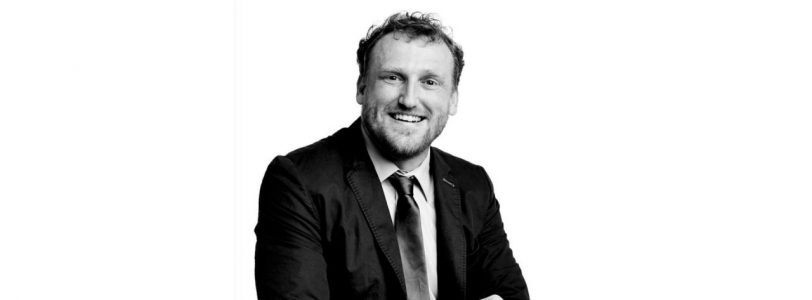From story placements in Boston Globe Media and the World Economic Forum to high-profile presentations, it has been an eventful month at the Hub. Click to learn more in our newsletter.

From story placements in Boston Globe Media and the World Economic Forum to high-profile presentations, it has been an eventful month at the Hub. Click to learn more in our newsletter.

Today, we are celebrating the successful PhD defense of Hub researcher Meshkat Botshekan! Dr. Botshekan presented on “Unveiling Roadway Network Safety: Application of Statistical Physics to Crowdsourced Velocity Data” before his doctoral committee. We look forward to seeing where your research and hard work takes you!

We made “top story” in NEU: An ACI Center of Excellence for Carbon Neutral Concrete’s newsletter! In the highlighted piece, postdoc Damian Stefaniuk explains carbonation in cement-based products and its importance in assessing environmental impacts.
Click to read the story.
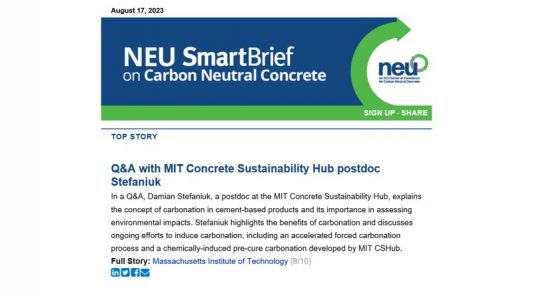
In this short video, learn how carbon-cement supercapacitors could serve as a future solution for bulk energy storage, particularly for renewable sources like solar and wind. In their paper in PNAS, researchers from the CSHub and other institutions discuss the potential for this technology to be applied to residential and industrial applications like self-charging roads for electric vehicles and energy autarkic shelters.
Click to watch the video and learn more.
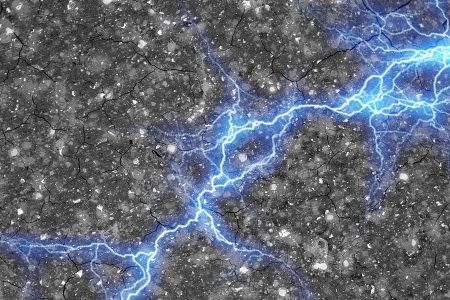
Boston Globe Media features our work on carbon-cement supercapacitors in a new article exploring how the technology could be a bulk energy storage solution for renewable sources like solar. “‘Energy storage is a global problem,’ said Franz-Josef Ulm, a professor of civil and environmental engineering at MIT and one of the creators of the supercapacitor. ‘If we want to curb the environmental footprint, we need to get serious and come up with innovative ideas to reach these goals.'”
Read the article.
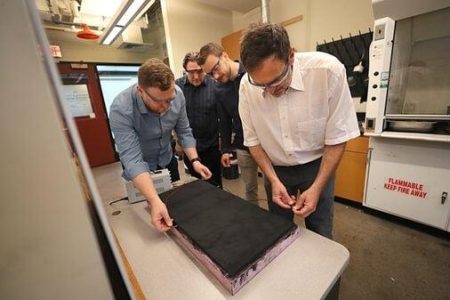
In the vast expanse of human history, few materials have shaped our built environment as profoundly as concrete. From towering skyscrapers to sprawling highways, concrete stands as a testament to human ingenuity. Yet, as we stand at the precipice of a climate crisis, the very foundation of our modern world is under scrutiny. Can this age-old material evolve to meet the challenges of the 21st century?
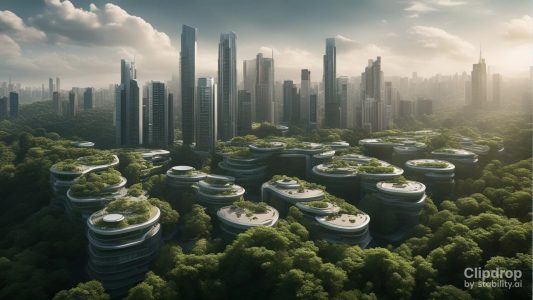
Thank you for having us at the Concrete Masonry & Hardscapes Association Midyear Meeting! Here, Randolph Kirchain introduces our research on how to reduce the carbon footprint of the cement and concrete industries.
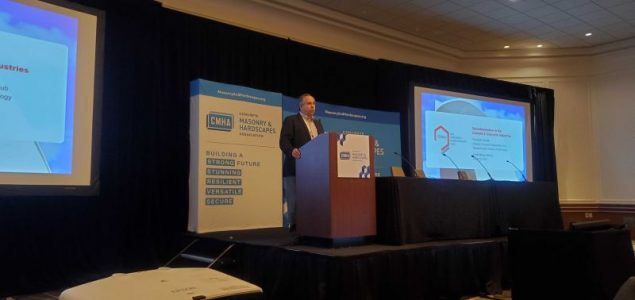
“The PaveWise Concrete Conference has multiple sessions including a focus on Paving a Sustainable Future. Hessam Azarijafari from the MIT Concrete Sustainability Hub will present on the US Decarbonization through Pavement Life Cycle Strategies.”
Original LinkedIn post.
Register for the conference.

“Here’s how concrete can serve as a natural ‘carbon sink’
MIT researchers have developed a new method to boost concrete’s ability to sequester carbon dioxide from the atmosphere. This could help to mitigate the climate impact of the construction industry, which is a major emitter of greenhouse gases.”
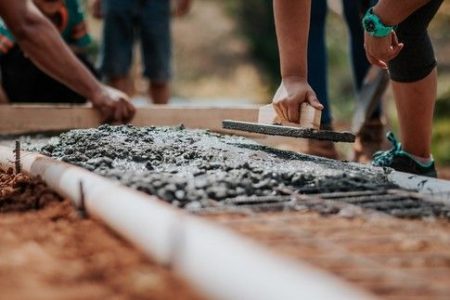
Admir Masic will lead a presentation on multifunctional concrete for the Concrete Innovations webinar series on September 13th. The talk will cover topics ranging from “new formulations that act as carbon sinks, to Roman-inspired self-healing concretes, and electrically-conductive cements.” The session, Innovative Cements, begins at 11am EST.
Click to register.
